Columns
PARENTS : Love , Protection and Social Disorder

PARENTS : Love , Protection and Social Disorder
By: Balami Lazarus
Little is known of a small town called Hungerford in the outskirt of London before 1987. What happen was caused by one Michael Ryan , it was the biggest human crime in the history of crimes in England. Ryan went on a killing spree , killing 16 people in about two hours including his parents. Let me keep you in suspense for a while.
Let me here acknowledged parents who had given their children time and space to grow and interact with their peers and contemporaries in a given community guided by discipline and punishment age they are found wanting.
Those of us that were privileged to be brought up by such parents who allowed us to interact and socialized with other classes of children of our age group. This has helped us in no small measure to having good street wise and knowledge, which no home or school will give you.
What informed this write up was my recent interactions with some parents on how some of these parents bring up their children under the condition of over protection in the name of love and care in a confined family environment.
READ ALSO: https://dailypost.ng/2022/10/29/frsc-hails-borno-gov-zulum-for-supporting-command/
Children brought up in an open home and environment are wiser, tougher and better exposed with street knowledge. These children are conversant with their immediate environment, street, land Marks , elders and other personalities in the community where they live. On like the children brought up in room temperature and within their compound, these children lack proper understanding of their own community.
They environmentally bankrupt lacking social interaction and knowledge of such community they live in, in fact, they tend to developed social disorder because of their parental overprotection and strictness in the name of love. That was the clear case of Michael Ryan of Hungerford. Most children of such background are found to be involved in drugs, Yahoo and other social vises. Funny enough looking at these children from the unset you will lease expected that they can be engaged in such crimes and social eel’s.
Findings by social psychologist has it that most of these children grow with social disorder and having the personality of fear, timidity and lack confidence. And grow with such traits in them. They are mostly dependent and fall back to their parents for matters they expected to handle or solve. While on the other divide their contemporary had better understanding on how to go about it.
Take the case of a true Mother and Father Association of Italy known as (Mafia) . A Mafia family always allow their children to have enough street knowledge of their community or taken to a hard far away uncle from his comfort zone these are applicable to all those that came from the clan in respect of class. All is an attempt to exposed such a child to having adequate street knowledge which further his understanding of his locality making him feel the reality of life challenges.
In the old wild wild west a smart cowboy knows when to enter a town and when to leave, such cowboy must have a good gun with a fast draw skills, fast horse all these are knowledge taught to cowboys in his community and on the street.
* Balami, Publisher/ Columnist
08036779290
PARENTS : Love , Protection and Social Disorder
Columns
Women and Money: Why Men Keep Money Away From Their Partners
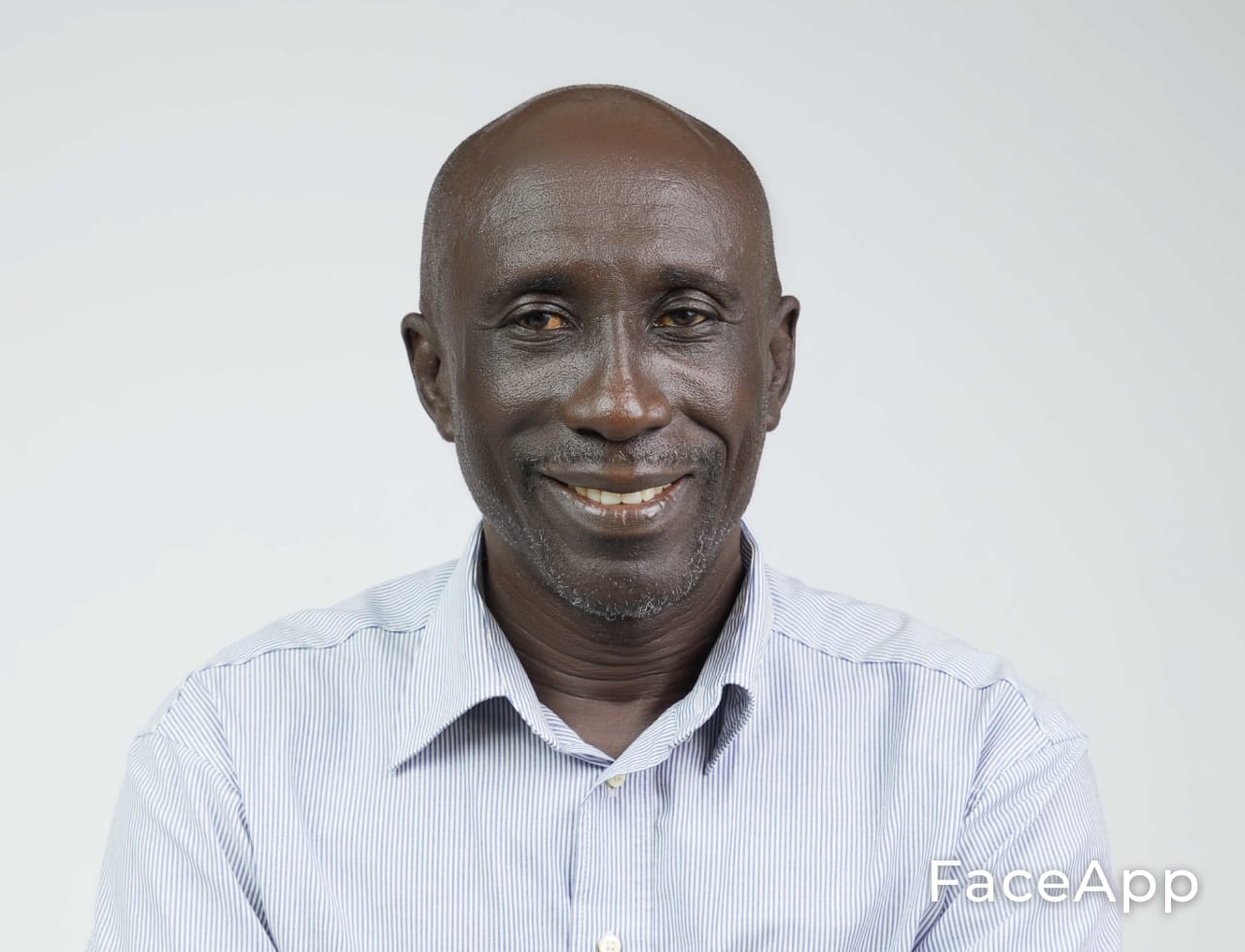
Women and Money: Why Men Keep Money Away From Their Partners
By: Balami Lazarus
I was contemplating two words as language of use in this article: “hiding” and “keeping.” Having carefully settled for keeping simply means to protect or safeguard what rightfully belongs to you, like money, the subject of the work. With this in mind, I deemed it fit to progress with the writing.
In folktales, songs and stories, sayings and proverbs, money has been mentioned long before now, either in a good or bad light. But most times in the latter. Therefore, money has always been the bone of contention in relationships of different shades—individuals, lovers, and spouses—that sometimes breed brawls in a family setting.
Men are known to be the head of families and providers of necessary and basic needs of their families. Men toil and sweat with challenges and risks to legitimately provide for their families, where money plays a major role in meeting the family needs at all times.
Men not only engaged in providing, but the burden and totality of his family responsibilities rested on him. Therefore, to meet up with the family responsibilities, married men are cautious and frugal in spending their money on things that are not necessary, unlike most women out there, who spend money on wants, deliberately refusing to separate wants from needs. And these spendings of theirs can wake the dead from their peaceful rest.
The song of Dr. Mamman Shata, ‘kashi kudi ta hayan mai kyau,’ threw my mind to the wisdom of my late father, who used to caution us, his children, on spending our money on wants. Some never took him seriously, but today I am among those that saw meanings in that.
Few women are wealth creators; equally, some few among them do spend money on needs. I have observed over time as a young man and as a husband that most women are careless in spending money. They spend to belong, meaning for wants and things that are in vogue for mere appearance to announce the presence.
Because of their excessive demands, spending money on wants is their life investment spread in chattels that have no secondhand value.
Women’s attitudes towards money have made their spouses keep their hard-earned money away from them. It has come to a time where, after discharging their basic family responsibilities, men closed the chapter of money/spending.
The moment some wives see their husbands with money, that is when a long list of wants rears its ugly head in place of needs. Women are highly extravagant with vengeance when it comes to spending that they don’t earn or make by their efforts; in such a situation, you are a spectator. The worst of such is common in the relationships among young adults.
And as a man, if you are not spending for your spouse on her endless wants, you are, without a second thought, considered stingy, uncaring, local, conservative, and not romantic.
Many of them thought their wants were rights that must be fulfilled at all times, not knowing that those are not core family needs and responsibilities.
Balami, a Publisher/Columnist, 08036779290.
Women and Money: Why Men Keep Money Away From Their Partners
Columns
The Plights of ‘Certificate Graduates’ Who Read and Refused to Study (2)
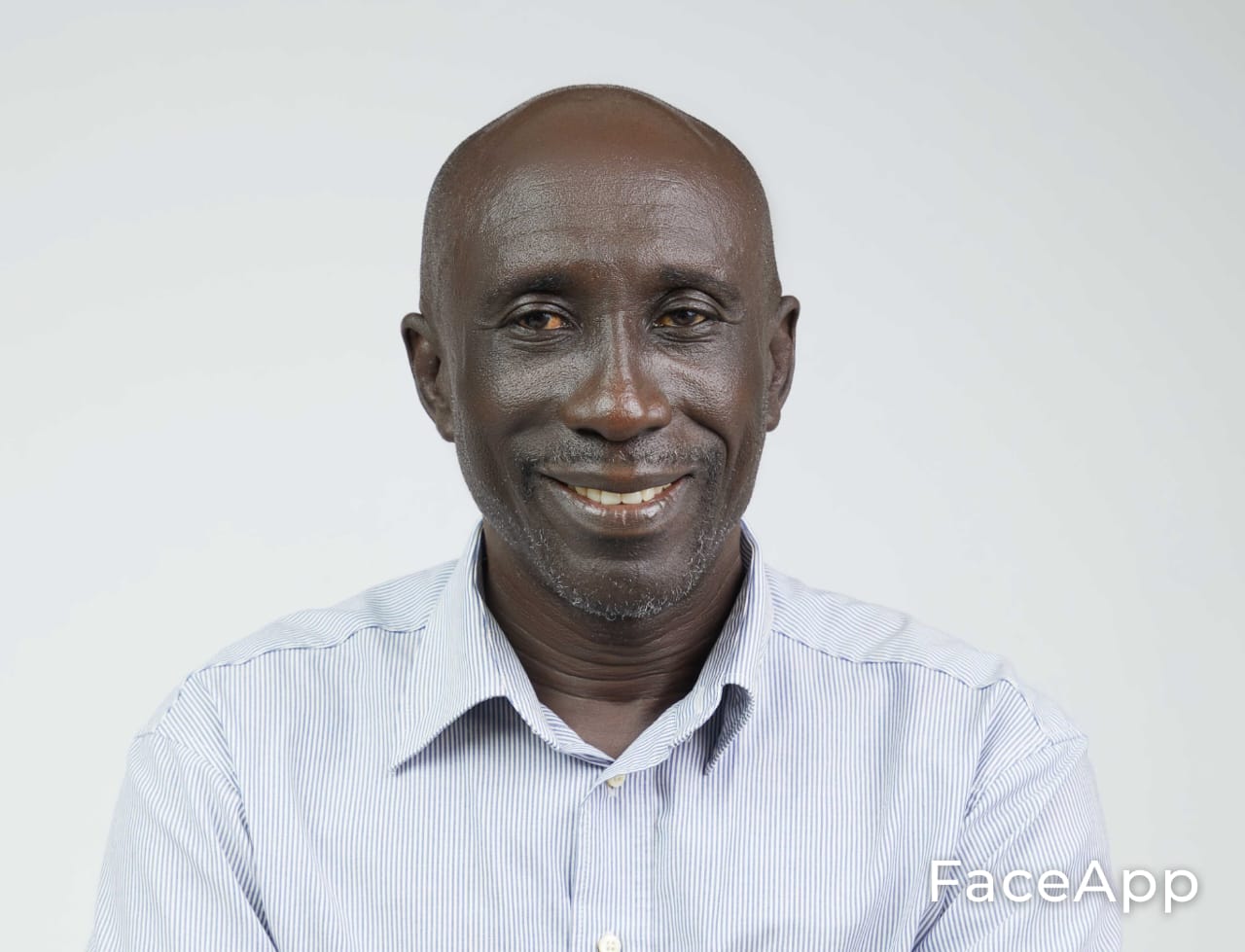
The Plights of ‘Certificate Graduates’ Who Read and Refused to Study (2)
By: Balami Lazarus
This is the conclusion of the work on the subject above.
Universities are the highest level of academic teaching and learning, where students are trained in different educational courses and awarded degree certificates. Universities are also centers of research, science, technology, and innovation. Therefore, a qualified and competent university graduate is a universal product who is supposed to stand tall and proudly defend his learning anytime, anywhere.
The bastardization of university degree certificates is aided and abetted by both academic and non-academic staff who probably might have been employed through the back doors. Likewise, many of their students. You can now freely connect the chain of corruption with its forward and backward leakages anchored in our university systems: recruitment and admission. Tell me, don’t you think that grades and certificate racketeering are more feathered?
The craze and demands for degree certificates in the labor market by employers have raised and increased the graduations of ‘certificate graduates’ at all costs by all means over the years. I heard of a story, which I am yet to verify, that a certain private university once certified and graduated many first-class graduates. For me, this is not an academic progress but a questionable act. Similarly, if you were to put them to the test in their various courses of study, you would concur with me and ask how it is possible to have such a number of supposedly first-class graduates.
The plights of ‘certificate graduates’ are self-inflicted by students who are not the serious type by all standards. If you are to do a background check on them and schools attended before their admission into the university of their choice, the story you will hear about them will definitely attract vultures.
This problem has since permeated faculties, departments, schools, and colleges of our universities where ‘certificate graduates’ are produced. Some universities have become exchange floors where you exchange your flaws for a degree certificate, which shall be given to you. And that marks the plights of such graduates.
Most of them are not helpful to themselves, always dependent on others for things you expect university graduates should know and do.
My work experience as a one-time school administrator of a private school in Narabi, Bauchi State, where I had related to, associated with, and managed ‘certificate graduates’ of the Corps on National Service (NYSC). Working with some of them was a woe of tales, because teaching was their primary duty. I pitied them.
That one experience has given me an insight into how some universities are churning out bad graduates for public recruitments.
These manners of graduates cannot work or attempt to work with good results-oriented corporate organizations where your productivity is the ladder of upward mobility.
Public and private educational institutions should join hands with relevant authorities and stakeholders to formulate a template for a sound and credible working system where students will be properly and genuinely certified as graduates.
Balami, a Publisher/Columnist 08036779290
The Plights of ‘Certificate Graduates’ Who Read and Refused to Study (2)
Columns
The Plights of ‘Certificate Graduates’ Who Read and Refused to Study (1)
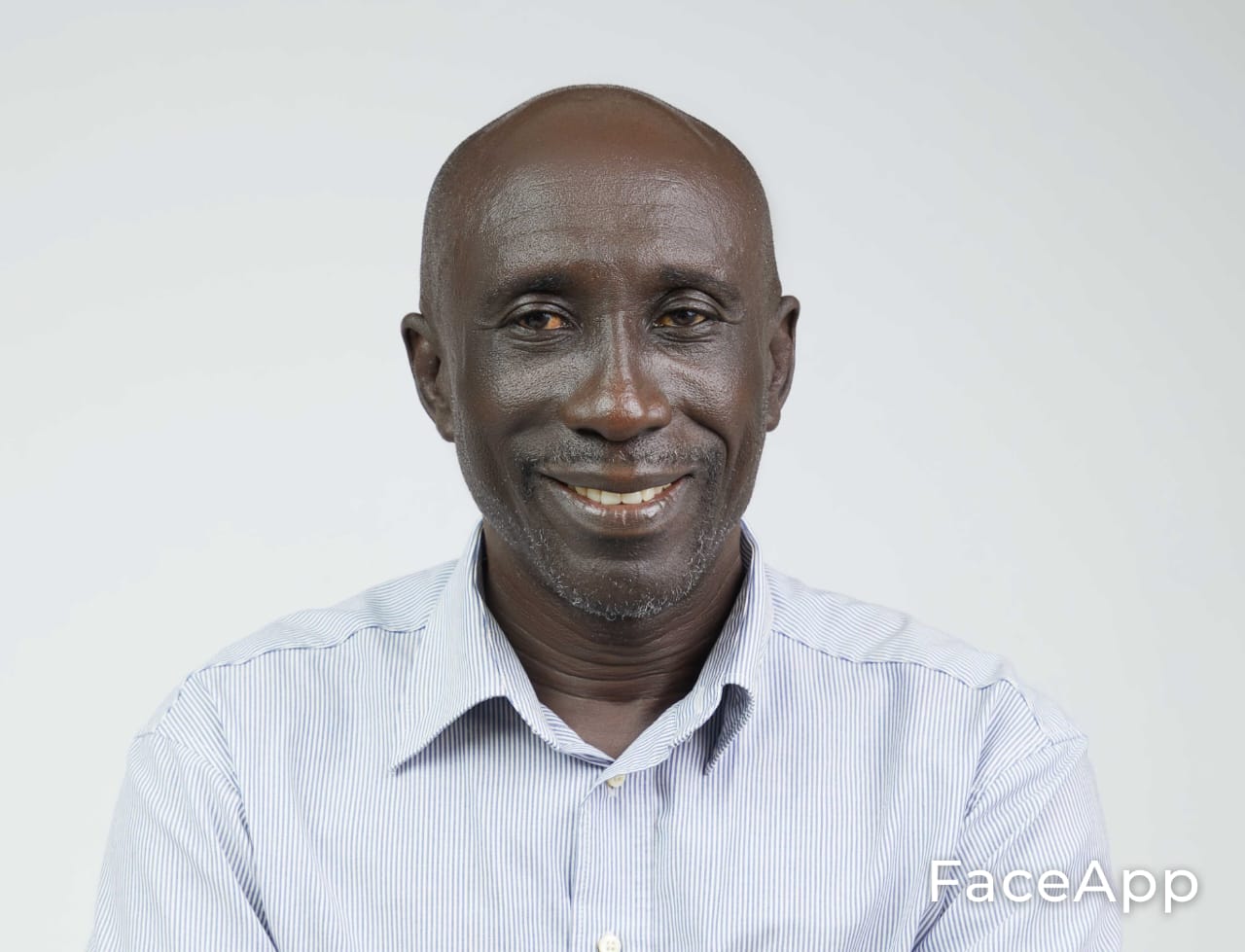
The Plights of ‘Certificate Graduates’ Who Read and Refused to Study (1)
By: Balami Lazarus
It’s the hope and aspirations of many young Nigerians, male or female, to acquire and have a sound basic academic qualification, preferably a degree, that he/she can reasonably defend in character and in learning. And productively add value to his society and self.
As a certified graduate with a degree certificate? Are you competent to defend your educational qualification at any point in time? A competent university graduate has the knowledge and intellectual capacity to speak, defend, and be proud of his academic discipline. Such graduates are well baked.
I am not in any way undermining other good graduates from other tertiary educational institutions who are capable and able to be called graduates.
Why am I specific with university graduates? It has to do with my experiences in recent times with some of them that have no measure of basic knowledge of their course of study, talk less of general knowledge. This class of graduates lacks knowledge and understanding of their academic discipline; they are behind in confidence, basking in timidity. They are always found wanting in multiple dimensions as so-called graduates. What a shame!
Now let’s begin to see the plights of a ‘certificate graduate.’ What is your name, young man? My name is Takulash. What did you study? I read political science. You read, not studied, yes sir. No wonder you cannot defend your degree certificate and its class? This is one scenario that is common in an interface with a ‘certificate graduate.’
I was privileged to be on interview panels where I engaged graduates both written and orally. Of late, many university graduates are only certificate carriers without simple knowledge of what they claimed to have studied. What has contributed to these problems? This question has been on the lips of concerned citizens and stakeholders. Some said there is a fall in standard. Others hinged on corruption practices in our educational institutions. Whatever the challenges or
the problems are? I will attribute it to the negligence of our educational system, corruption, and the proliferation of private universities in Nigeria. Basically I will say for business purposes.
Another major reason that has brought up the issues of ‘certificate graduates’ is the poor educational backgrounds of pupils, right?
from primary schools that have been neglected and left unattended, the case of public primary and secondary schools that are feeders to higher educational institutions are not cared for. With a poor educational background, how can students perform to the expectations of the universities and be productive to society as proud and competent university graduates?
My heart bleeds whenever I interface with such graduates that cannot justify their degree certificates. They are the ones that just passed through the ivory tower without any meaningful academic/intellectual gains. Many of them were corruptly aided by their teachers and supported by their parents, a common factor in most private universities where academic programs have been commercialized, including grades for monetary exchange.
These undergraduates cannot stand on their own. They are always looking for someone to do their academic work/assignments. Are you aware that ‘certificate graduates’ cannot fill out a simple form or apply for a job and/oranswer general knowledge questions in an interview?
In fact, ‘certificate graduates’ cannot withstand the challenges of society and her labor market. Many of them are not brilliant but are full of strange and criminal behaviors, and they can do anything to obtain their certificates. They have refused to allow the university to pass through them.
The Plights of ‘Certificate Graduates’ Who Read and Refused to Study (1)
-
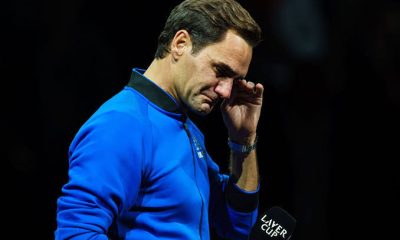
 News2 years ago
News2 years agoRoger Federer’s Shock as DNA Results Reveal Myla and Charlene Are Not His Biological Children
-
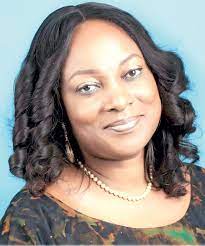
 Opinions4 years ago
Opinions4 years agoTHE PLIGHT OF FARIDA
-

 News8 months ago
News8 months agoFAILED COUP IN BURKINA FASO: HOW TRAORÉ NARROWLY ESCAPED ASSASSINATION PLOT AMID FOREIGN INTERFERENCE CLAIMS
-

 Opinions4 years ago
Opinions4 years agoPOLICE CHARGE ROOMS, A MINTING PRESS
-
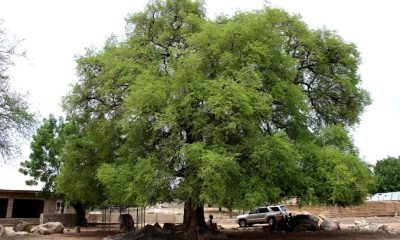
 News2 years ago
News2 years agoEYN: Rev. Billi, Distortion of History, and The Living Tamarind Tree
-
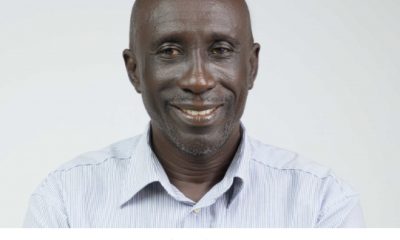
 ACADEMICS2 years ago
ACADEMICS2 years agoA History of Biu” (2015) and The Lingering Bura-Pabir Question (1)
-
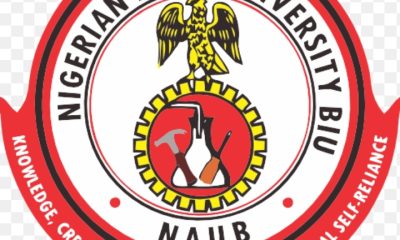
 Columns2 years ago
Columns2 years agoArmy University Biu: There is certain interest, but certainly not from Borno.
-
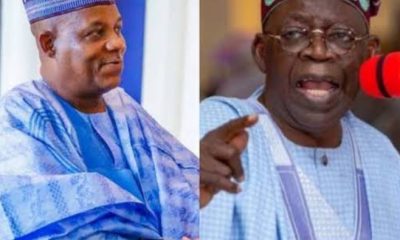
 Opinions2 years ago
Opinions2 years agoTinubu,Shettima: The epidemic of economic, insecurity in Nigeria





